When most people think about boosting their protein intake, they immediately reach for meat, eggs, or dairy. But what if we told you that certain grains can be powerful protein sources too? These nutrient-dense grains not only deliver impressive amounts of essential amino acids but also provide fiber, vitamins, and minerals that support overall health.
Whether you’re following a plant-based diet, looking to reduce meat consumption, or simply want to diversify your protein sources, these high-protein grains deserve a spot in your pantry. Let’s explore five exceptional grains that pack a serious protein punch and discover the best ways to incorporate them into your daily meals.
Why Choose Protein-Rich Grains?
Whole foods with high nutritional content offer unique advantages over traditional protein sources. According to the Harvard T.H. Chan School of Public Health, whole grains provide essential nutrients that support overall health. They provide:
- Complete nutrition: Beyond essential amino acids, these varieties deliver fiber, B vitamins, iron, and other vital nutrients
- Sustained energy: The combination of amino acids and complex carbohydrates helps maintain stable blood sugar levels
- Enhanced satiety: Essential nutrients and fiber work together to keep you feeling full longer, as noted by the Mayo Clinic’s nutrition guidelines
- Versatility: These ingredients can be used in countless recipes, from breakfast porridge to dinner bowls
- Plant-based power: Perfect for vegetarians, vegans, or anyone looking to eat more plants
Top 5 High-Nutrition Whole Foods You Need to Know
1. Spelt: The Ancient Powerhouse
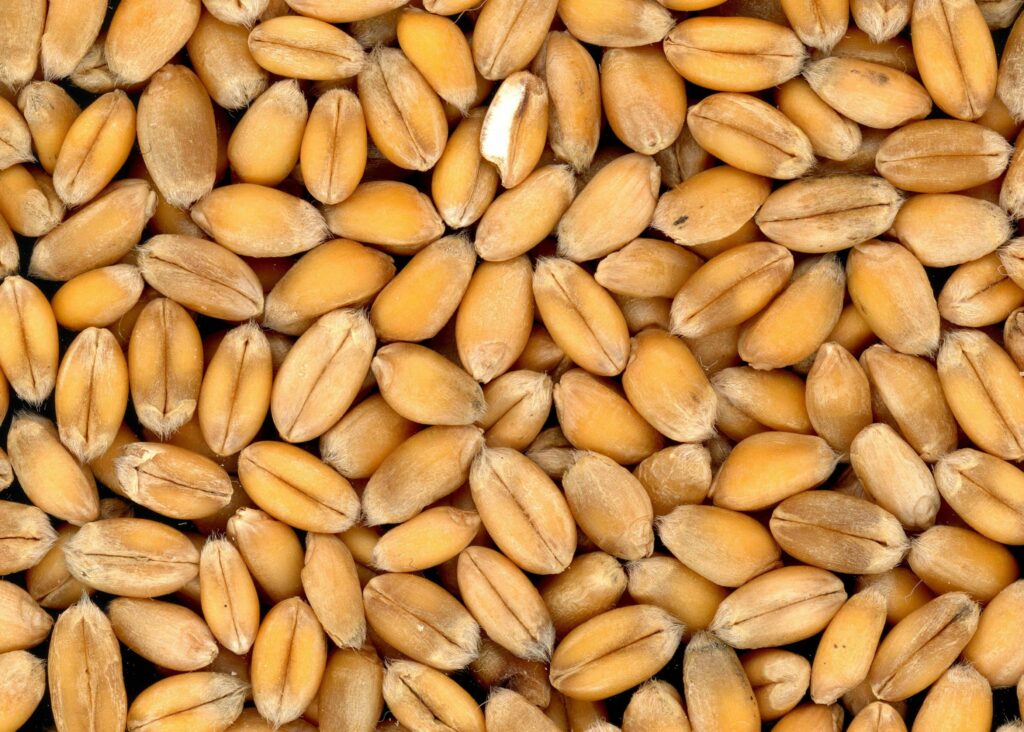
Spelt leads our list with an impressive 11 grams of protein per cooked cup. This ancient variety also provides manganese, zinc, and iron, making it a nutritional superstar among whole foods.
Nutrition highlights:
- Essential amino acids: 11g per cup (cooked)
- Rich in manganese, zinc, and iron
- High fiber content for digestive health
- Nutty, satisfying flavor
Important note: Spelt contains gluten, so it’s not suitable for those with celiac disease or gluten sensitivity.
Best ways to enjoy spelt:
- Create warm salads with seasonal vegetables
- Roast spelt berries for a crunchy topping on salads, yogurt, or oatmeal
- Cook as a hearty breakfast cereal with milk and fruit
- Use spelt flour in baking for added nutrition
2. Kamut: The Ancient Wheat Alternative
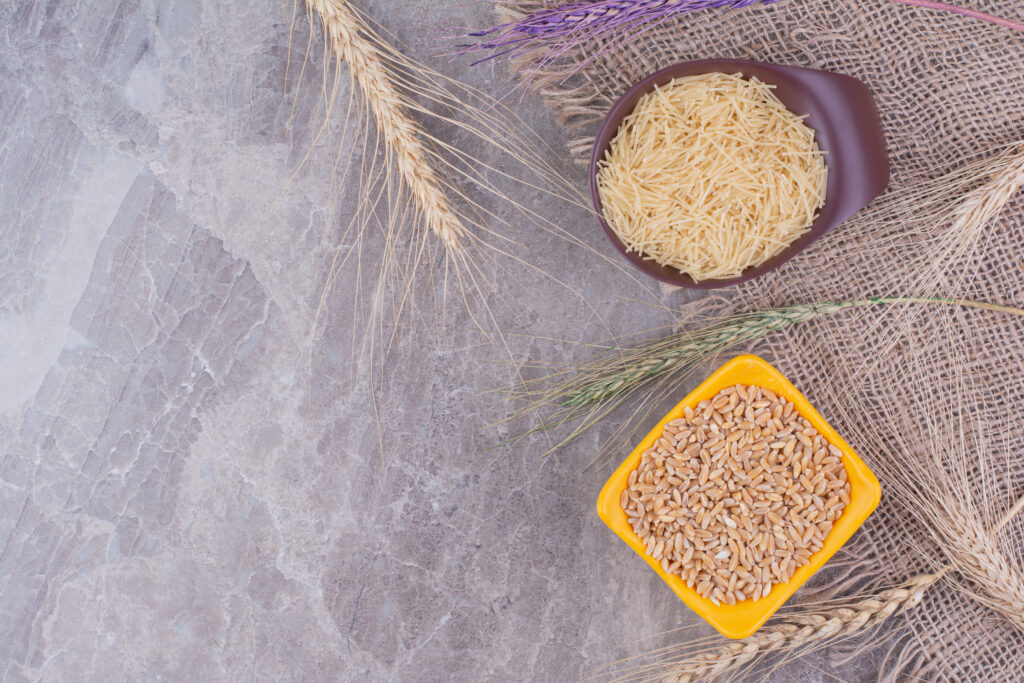
Also known as khorasan wheat, kamut delivers nearly 10 grams of protein per cooked cup. This ancient variety offers a sweet, nutty flavor and impressive nutritional profile.
Nutrition highlights:
- Essential amino acids: 10g per cup (cooked)
- Rich in magnesium, zinc, manganese, and iron
- High fiber content
- May be better tolerated than modern wheat (though still contains gluten)
Best ways to enjoy kamut:
- Use as a rice substitute in bowls and pilafs
- Air fry kamut berries for a crunchy, nutritious snack
- Try kamut flakes as a nutrient-boosted granola base
- Use kamut flour for homemade pasta with extra nutrition
3. Teff: The Tiny Seed with Big Nutrition
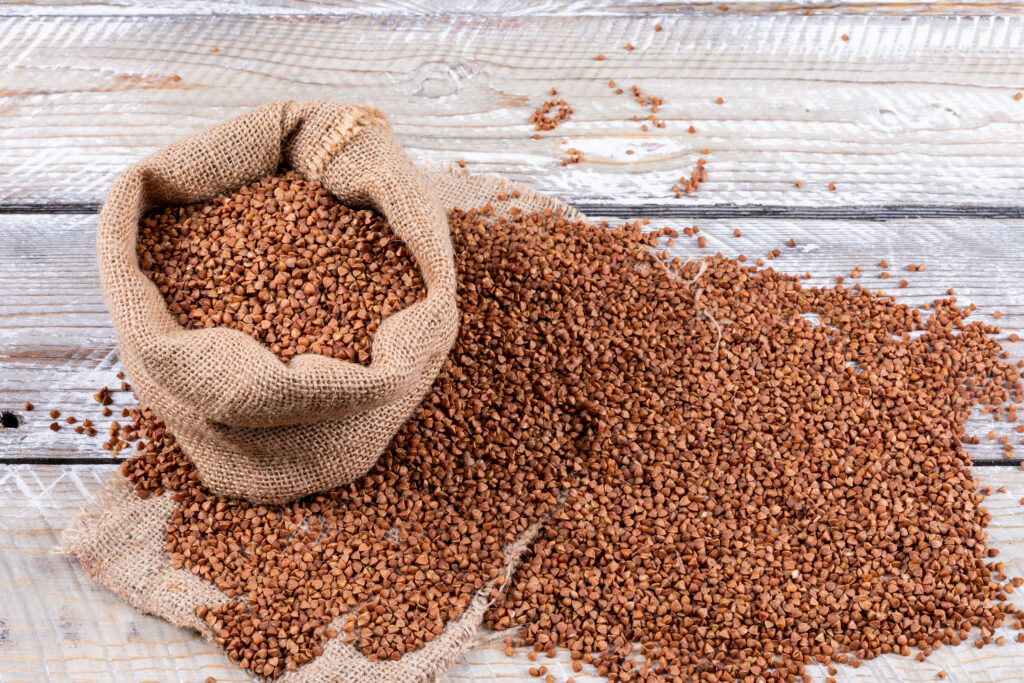
Don’t let its small size fool you – teff packs almost 10 grams of protein per cooked cup. This Ethiopian superfood is naturally gluten-free and loaded with nutrients.
Nutrition highlights:
- Essential amino acids: 10g per cup (cooked)
- Excellent source of calcium and iron
- Rich in B vitamins and fiber
- Naturally gluten-free
- Nutty, mild flavor
Best ways to enjoy teff:
- Add cooked teff to salads for extra crunch and nutrition
- Cook as a creamy porridge for a high-nutrition breakfast
- Use teff flour in gluten-free baking
- Make traditional Ethiopian injera bread
4. Amaranth: The Complete Pseudocereal
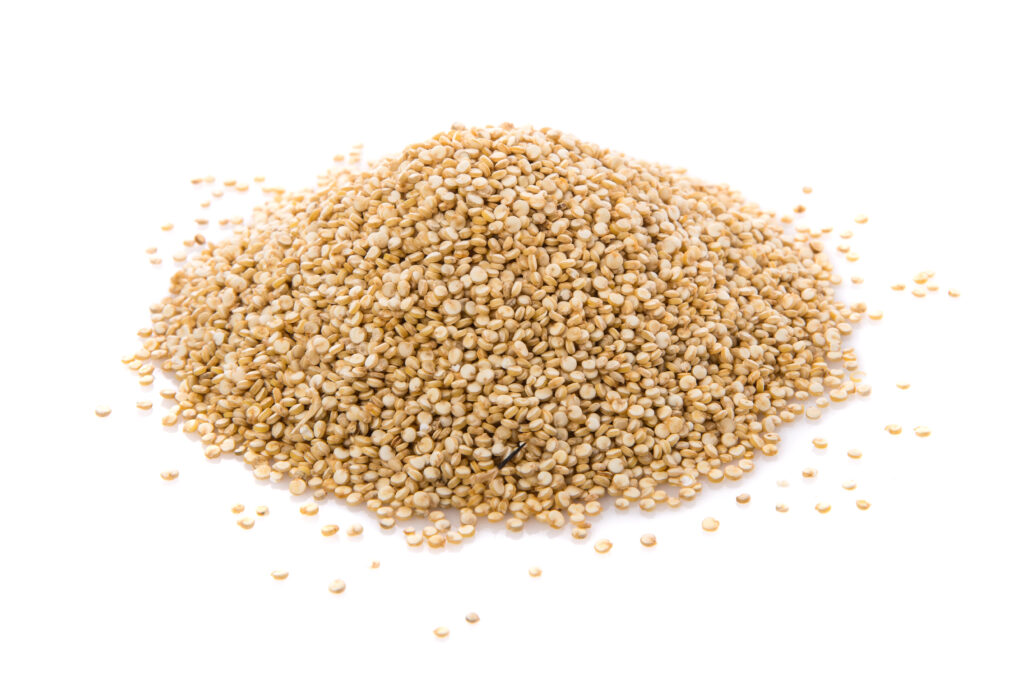
Amaranth is technically a seed but eaten like a traditional variety, providing approximately 9 grams of protein per cooked cup. It’s one of the few plant foods that contains all amino acids.
Nutrition highlights:
- Essential amino acids: 9g per cup (cooked)
- Complete amino acid profile
- Full day’s supply of manganese
- Rich in antioxidants, magnesium, and iron
- Naturally gluten-free
Best ways to enjoy amaranth:
- Pop like popcorn for a nutritious snack
- Add to homemade granola for extra nutrition and crunch
- Use amaranth flour in gluten-free baking
- Incorporate into veggie burgers for added nutrition and texture
5. Quinoa: The Complete Champion
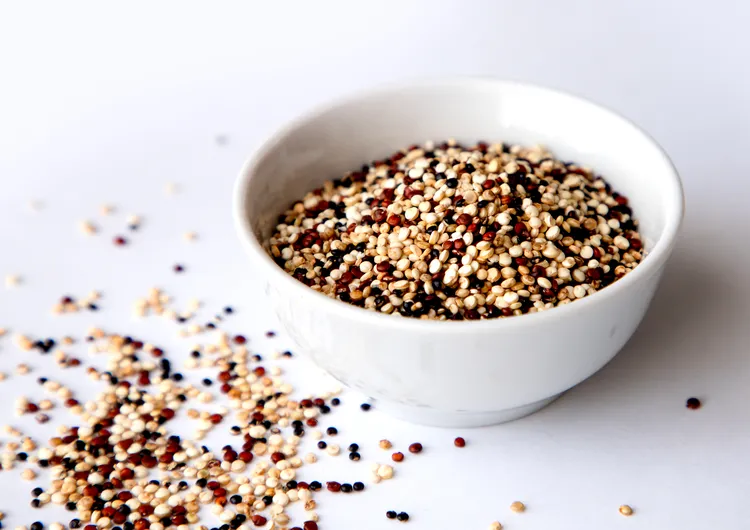
Quinoa rounds out our list with over 8 grams of protein per cooked cup. This versatile pseudocereal is beloved for its complete amino acid profile and easy preparation.
Nutrition highlights:
- Essential amino acids: 8g per cup (cooked)
- Complete nutrition with all essential amino acids
- Rich in fiber, magnesium, iron, and folate
- Quick-cooking and versatile
- Naturally gluten-free
Best ways to enjoy quinoa:
- Use in place of rice in fried rice or bowls
- Add to salads for a nutritional boost that tastes great cold
- Cook as breakfast cereal with milk or plant-based alternatives
- Use instead of breadcrumbs in veggie burgers
How to Maximize Nutrition from These Varieties
Smart Combining Strategies
While these varieties are nutritional powerhouses on their own, you can maximize their impact by combining them strategically. The American Dietetic Association recommends combining different plant foods for optimal nutrition:
- Pair with legumes: Combine with beans, lentils, or chickpeas for complementary amino acids
- Add nuts and seeds: Boost nutritional content further with almonds, hemp seeds, or chia seeds
- Include dairy or plant alternatives: Top bowls with Greek yogurt or fortified plant milk
Meal Planning Tips
The USDA’s Dietary Guidelines emphasize the importance of meal planning for optimal nutrition:
- Batch cook: Prepare large batches of these foods on weekends for easy weekday meals
- Storage: Cooked varieties keep in the refrigerator for up to 5 days
- Freezing: Most cooked options freeze well for up to 3 months
- Portion control: A ½ cup serving of cooked varieties provides a good nutritional base for most meals
Sample High-Nutrition Meal Ideas
Breakfast Options
- Spelt porridge topped with Greek yogurt, berries, and nuts
- Teff pancakes made with teff flour and served with nutritious toppings
- Quinoa breakfast bowl with almond milk, cinnamon, and chopped fruit
Lunch Ideas
- Kamut salad with roasted vegetables and chickpeas
- Amaranth-stuffed bell peppers with black beans and vegetables
- Spelt soup with white beans and leafy greens
Dinner Creations
- Quinoa-crusted salmon for double nutritional power
- Teff-stuffed portobello mushrooms with herbs and cheese
- Kamut pilaf with roasted chicken and seasonal vegetables
Storage and Preparation Tips
Buying and Storage
- Purchase from stores with high turnover for freshness
- Store in airtight containers in a cool, dry place
- Whole varieties typically last 6-12 months when stored properly
- Consider buying in bulk to save money on these nutrient-dense options
Cooking Methods
- Absorption method: Most varieties cook well using a 2:1 water-to-food ratio
- Pilaf method: Toast before adding liquid for enhanced flavor
- Slow cooker: Great for batch cooking larger quantities
- Pressure cooker: Reduces cooking time significantly for harder varieties
The Bottom Line: Grains Can Be Protein Powerhouses
These five high-nutrition varieties prove that plant-based eating doesn’t mean compromising on nutritional intake. From spelt’s impressive 11 grams per cup to quinoa’s complete amino acid profile, these options offer diverse flavors, textures, and nutritional benefits that can enhance any diet.
Start by incorporating one or two of these grains into your weekly meal rotation. Experiment with different preparation methods and flavor combinations to find your favorites. Whether you’re looking to boost your protein intake, add variety to your meals, or explore more sustainable food choices, these high-nutrition grains are excellent additions to any healthy eating plan.
Remember, the key to a balanced diet is variety. While these foods are excellent nutritional sources, they work best as part of a diverse, nutrient-rich eating pattern that includes plenty of vegetables, fruits, healthy fats, and other sources. The Academy of Nutrition and Dietetics emphasizes that no single food provides all the nutrients your body needs. By making these powerful ingredients a regular part of your meals, you’ll discover new flavors while meeting your nutritional needs in delicious, satisfying ways.
For more information on incorporating whole foods into your diet, visit the Nutrition.gov resource center for additional meal planning tips and nutritional guidance.

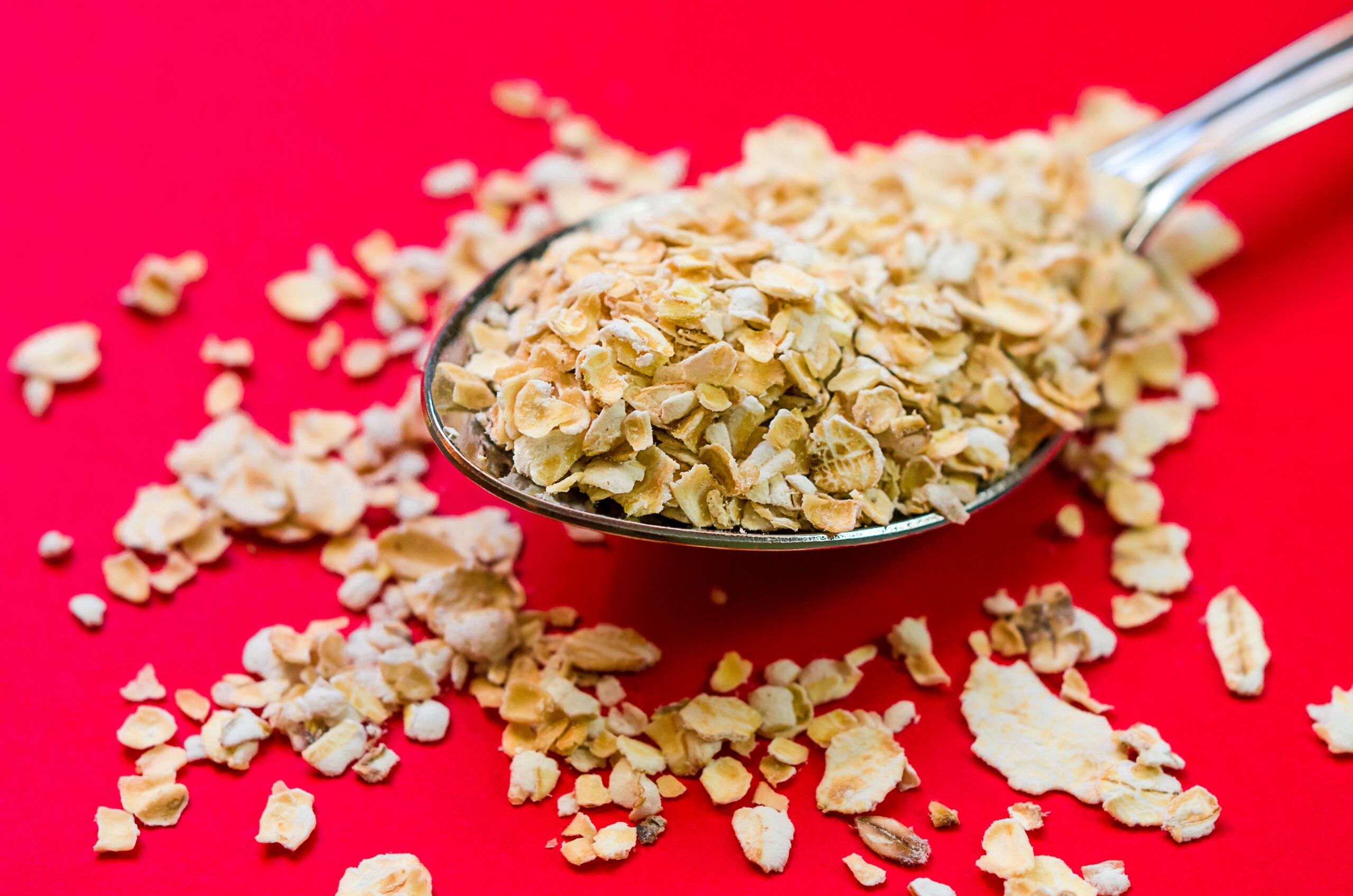
1 thought on “5 High-Protein Grains: Best Ways to Boost Your Meals With Plant-Based Protein”